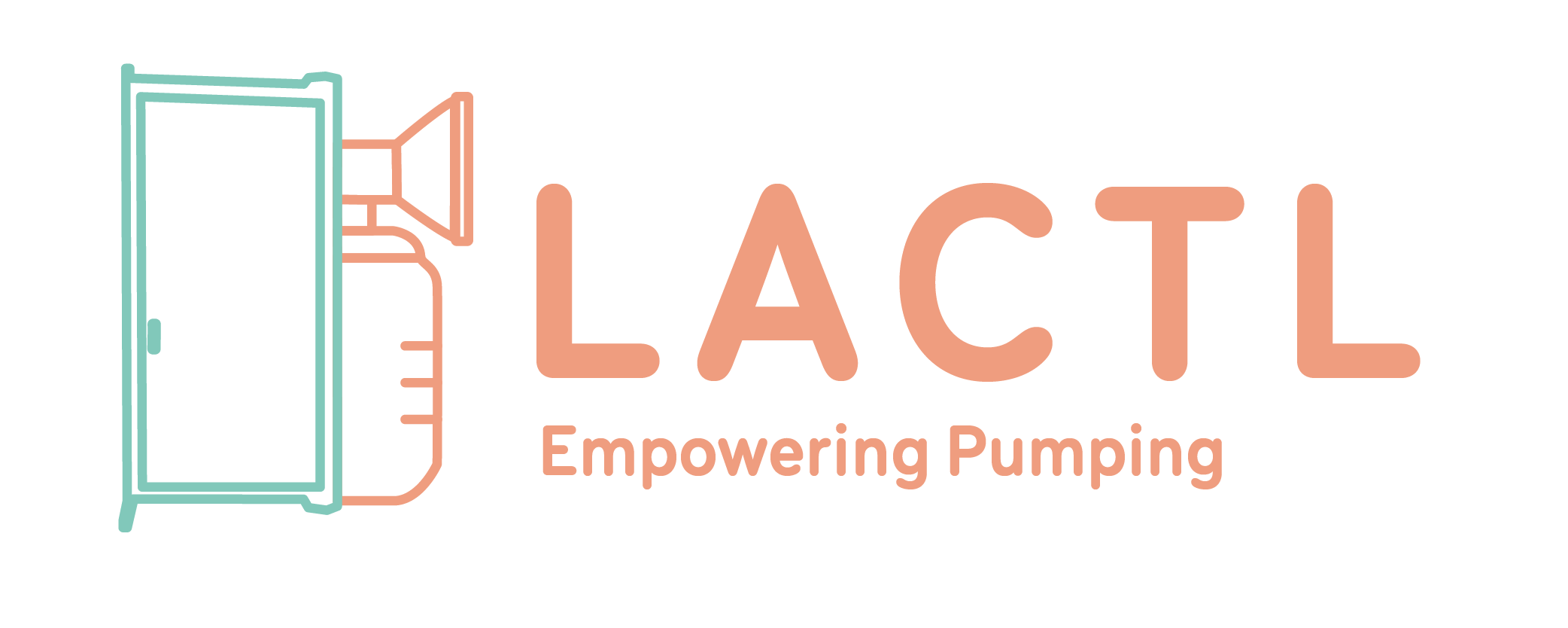How Paid Maternity Leave Could Affect Breastfeeding Rates
The lack of nationwide mandatory paid leave in the US may have a big impact on the fact that less than ¼ of working moms still breastfeed after six months. There is plenty of research that shows how paid leave has the potential to increase the rate of moms who attempt to breastfeed by as much as 18%.
Many moms give up breastfeeding or don’t attempt at all due to the lack of support from their workplace and stigma surrounding it. The fear of embarrassment or discrimination in the workplace is still very much happening around the world. With common occurrences like colleagues seeing pumping breaks as unnecessary and unfair.
It is clinically suggested that new moms should breastfeed for at least six months due to the proven health benefits of nursing. This, of course, is not always possible (there are other factors to consider too), and it is often easier for moms returning to work quickly to give it up. However, according to one estimate, if 80% of moms were able to breastfeed for six months, the US could save over $10 billion a year in health costs.
Increasing breastfeeding rates among minority and low-income moms who are much less likely to try and upkeep breastfeeding, could reduce some disease disparities - with women making up ⅔ of minimum wage jobs. Breastfeeding IS free and natural … but many moms face environmental, work-related and cultural barriers to accessing it.
There are countless campaigns and support on social media for the extension of paid leave and the impacts it could have on breastfeeding and overall family health. The twitter account @1000days which champions better nutrition for women and children replied to the question “Why do breastfeeding moms & America’s families need the paid leave?” with:
“#Breastfeeding has powerful health benefits for both mom & baby, but it relies on women having enough time, energy & capacity. Access to #PaidLeave helps provide women w/ the time they need to establish & continue breastfeeding.”
They highlighted that a strong paid leave plan should look like this:
https://journals.sagepub.com/doi/abs/10.1177/0890334404263731
Lactl is hoping to support women who return to work (whether they decide to or not) and want to continue their breastfeeding journey. Whilst we never want to hide away someone who is pumping, we want to ensure that a woman can safely, comfortably pump at work wherever she wants to. Hopefully installing a product that highlights the need for a breastfeeding space, encourages a discussion about the social prejudice and lack of maternity leave. And hopefully helps women feel more supported.


